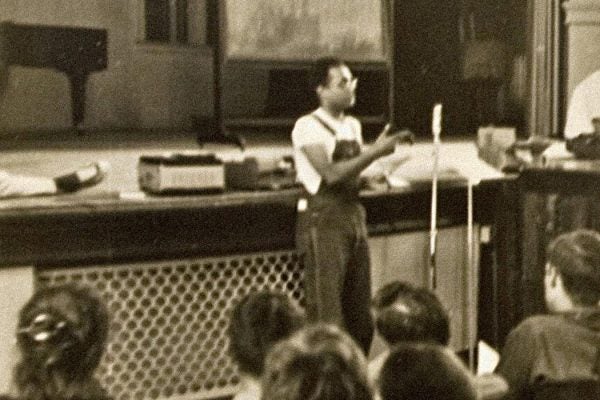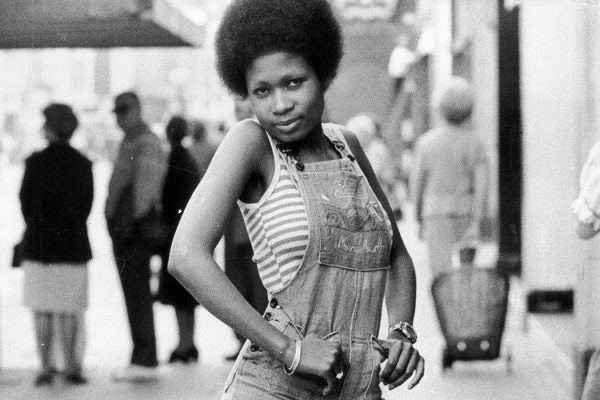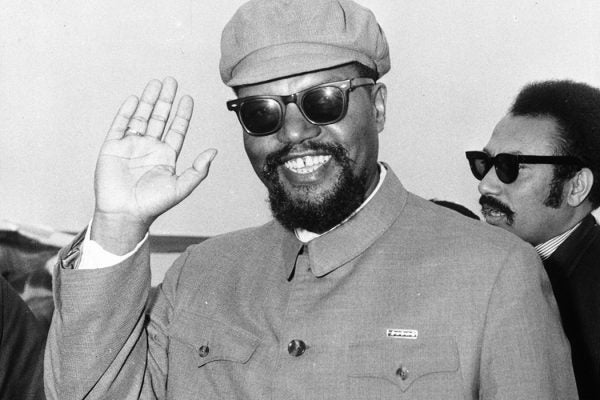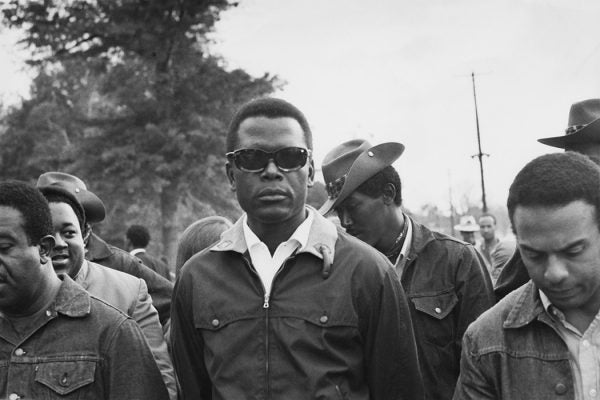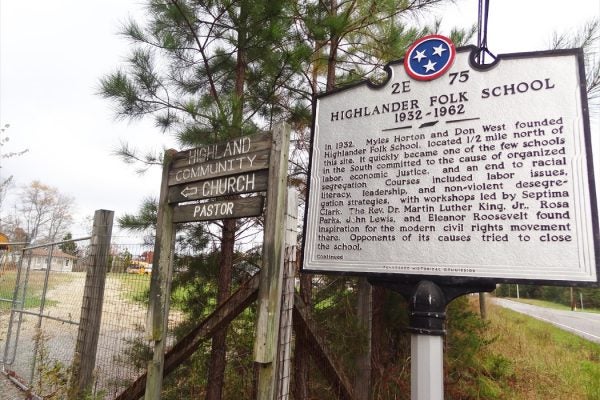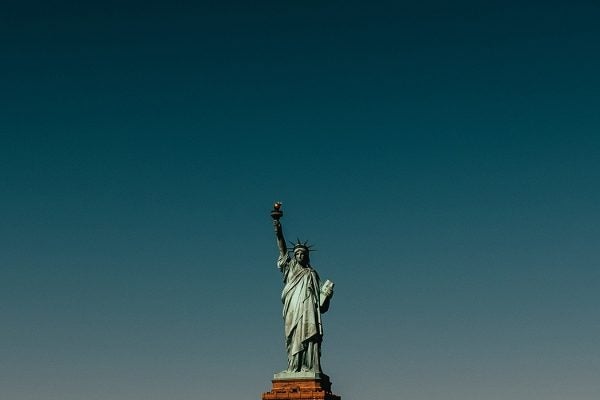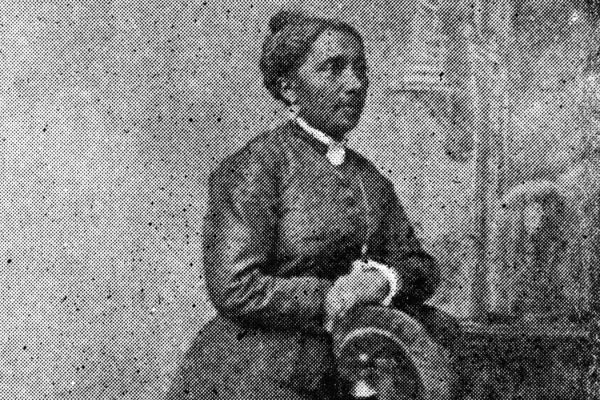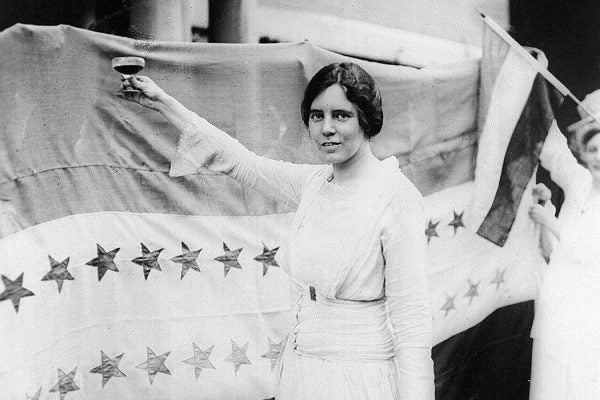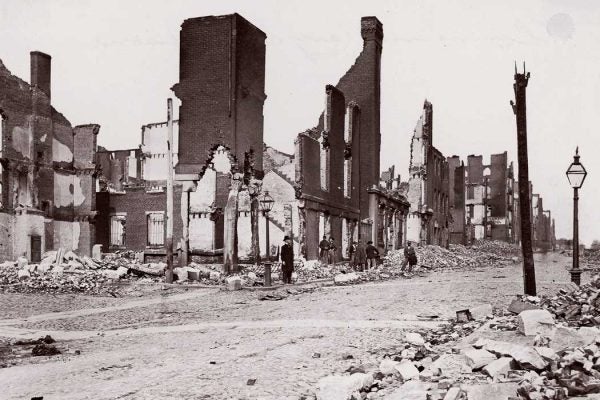Making Eyes on the Prize
One of the most influential historical documentaries of all time almost didn't get made.
How the Freedom Vote Mobilized Black Mississippians
When civil rights activists needed new tactics, they came up with a strategy that would get national and international attention.
Why Black Women Activists Started Wearing Denim
Members of the Student Nonviolent Coordinating Committee adopted denim clothing for activist work. This had special significance for Black women.
Armed Self-Defense in the Civil Rights Movement
When idealistic nonviolent activists encountered violence in the South as they registered Black voters, local leaders lent them protection.
How Civil Rights Groups Used Photography for Change
As one activist said, “If our story is to be told, we will have to write it and photograph it and disseminate it ourselves.”
The Destruction of a Civil Rights Center
The Highlander Research and Education Center is "the most notable American experiment in adult education for social change." One of its buildings recently burned down.
The Problem with “Public Charge” Rules
Historically, public charge rules have been a threat to immigrants dismissed as too disabled to be full contributors to the country.
The Woman Who Refused to Leave a Whites-Only Streetcar
In 1854, Elizabeth Jennings rode the streetcar of her choice, in an early civil rights protest that led to desegregating public transportation in NYC.
Why the Equal Rights Amendment Hasn’t Been Ratified Yet
Suffragist Alice Paul proposed the ERA in 1923. Congress approved it in the 1970s. So why isn't the amendment part of the Constitution?
Revisiting Reconstruction
Reconstruction is one of the least-known periods of American history, and much of what people think they know about it may be wrong.

